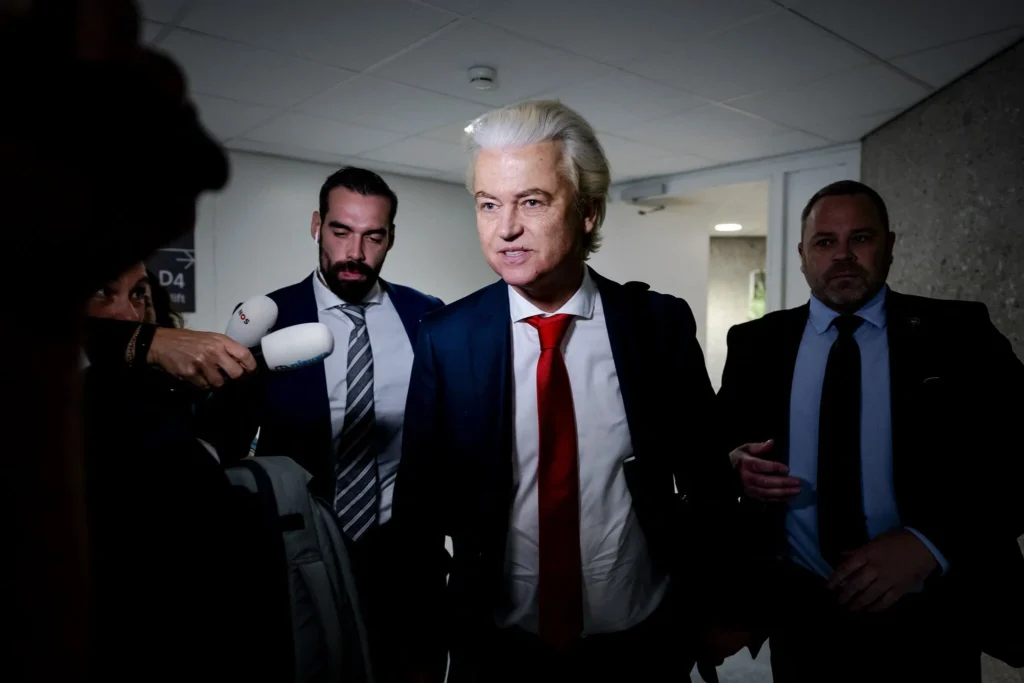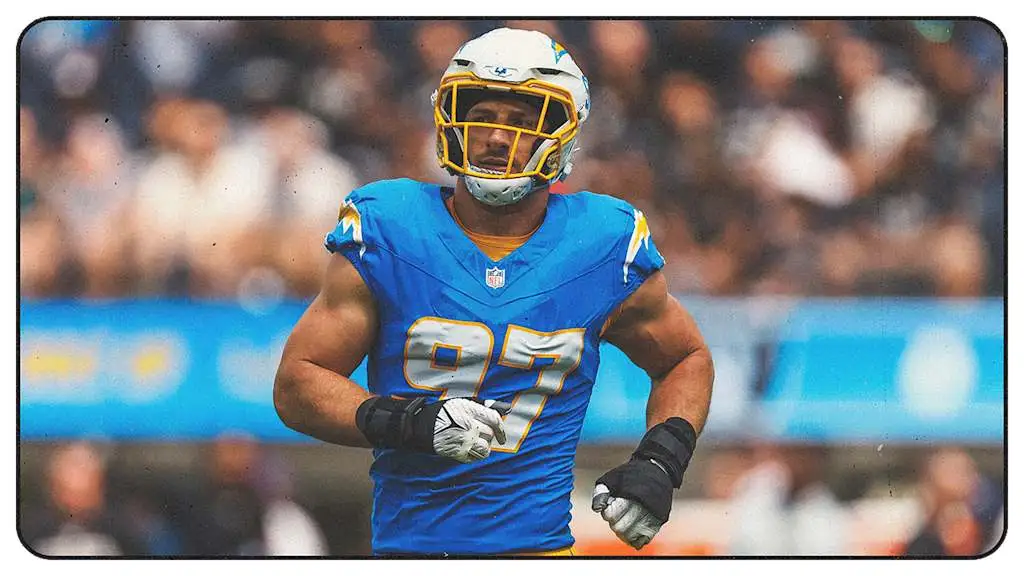Nostalgia marketing has proven to be a powerful tool for brands looking to connect with consumers on an emotional level. By evoking memories and positive feelings from the past, companies can create a sense of familiarity and comfort, making their products more appealing. As we move forward, the landscape of nostalgia marketing is set to evolve, driven by technological advancements, changing consumer behaviors, and new cultural phenomena. This article explores the future trends in nostalgia marketing and how brands can leverage them to stay relevant and engaging.

1. Personalized Nostalgia
1.1 Leveraging Big Data and AI
With the advent of big data and artificial intelligence, brands can now access detailed information about individual consumer preferences and past behaviors. This enables a more personalized approach to nostalgia marketing, where brands can tailor nostalgic experiences to individual consumers.
For instance, streaming services like Spotify and Netflix can use algorithms to recommend music and shows that were popular during a user’s teenage years, creating a personalized trip down memory lane. Similarly, e-commerce platforms can suggest products that align with a customer’s past purchases or browsing history, evoking a sense of nostalgia.
1.2 Customizable Products and Experiences
The future will likely see an increase in customizable products and experiences that allow consumers to recreate their own nostalgic moments. Brands can offer personalization options that enable customers to choose features that resonate with their personal memories.
For example, sneaker companies could allow customers to design shoes that mimic styles from their childhood, while toy manufacturers might offer customizable versions of classic toys. This trend not only taps into nostalgia but also empowers consumers to create unique, meaningful products.
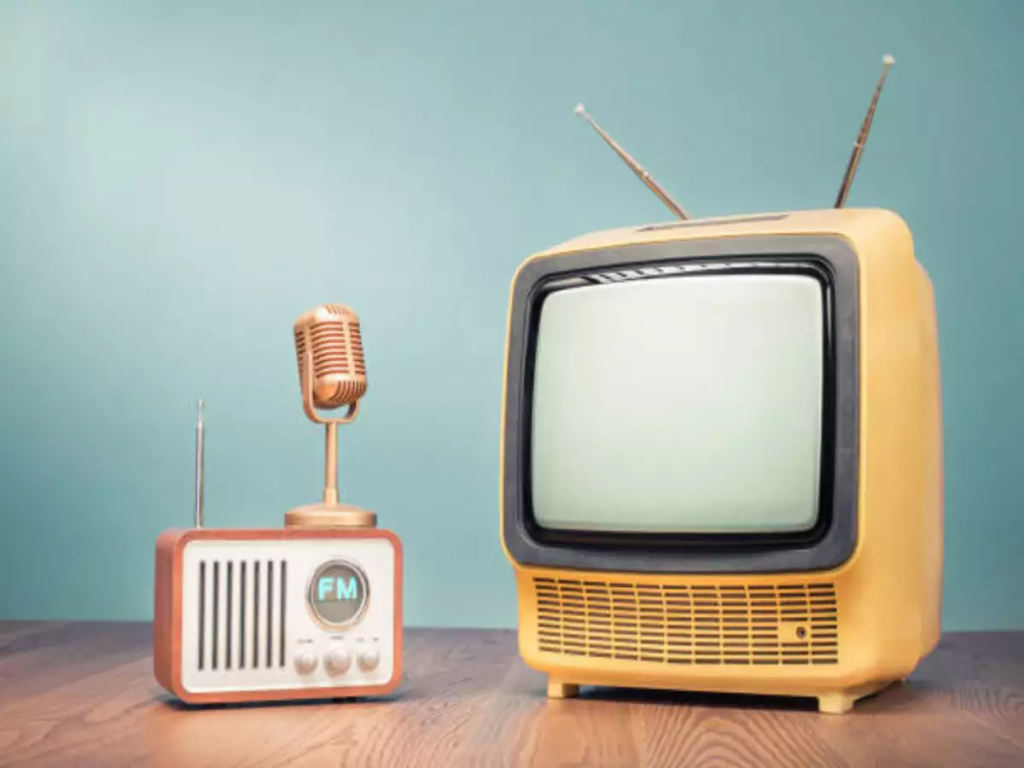
2. Virtual Reality and Augmented Reality
2.1 Immersive Nostalgic Experiences
Virtual reality (VR) and augmented reality (AR) technologies are set to revolutionize nostalgia marketing by providing immersive experiences that transport consumers back in time. Brands can use VR and AR to recreate iconic moments or settings from the past, offering consumers a more engaging and interactive way to relive their memories.
For instance, a VR experience could allow users to walk through a digital recreation of a beloved old neighborhood or visit a virtual version of a favorite childhood theme park. AR can be used to overlay historical imagery onto present-day locations, providing a nostalgic lens through which to view the world.
2.2 Enhanced Storytelling
These technologies also enhance storytelling capabilities, allowing brands to create rich, multisensory narratives that resonate deeply with consumers. A brand could develop an AR app that brings to life the history of its products, showing users how designs have evolved over the decades.
This approach not only captivates consumers but also educates them about the brand’s heritage, fostering a deeper connection and loyalty.
3. Revival of Retro Aesthetics
3.1 Design and Packaging
Retro design and packaging have long been staples of nostalgia marketing, and this trend is expected to continue evolving. Brands will likely explore new ways to integrate vintage aesthetics into their products, using design elements from different eras to appeal to various age groups.
For example, incorporating 80s-inspired graphics, fonts, and colors into product packaging can attract consumers who grew up during that decade. At the same time, brands can mix and match elements from multiple eras to create a unique, timeless look.
3.2 Collaborations and Limited Editions
Collaborations with iconic brands and the release of limited-edition products can also drive nostalgic appeal. Brands can partner with well-loved companies from the past to create co-branded products that evoke shared memories.
For instance, a collaboration between a modern fashion brand and a classic toy company could result in a clothing line featuring nostalgic prints and designs. Limited-edition releases create a sense of urgency and exclusivity, prompting consumers to act quickly to recapture a piece of their past.
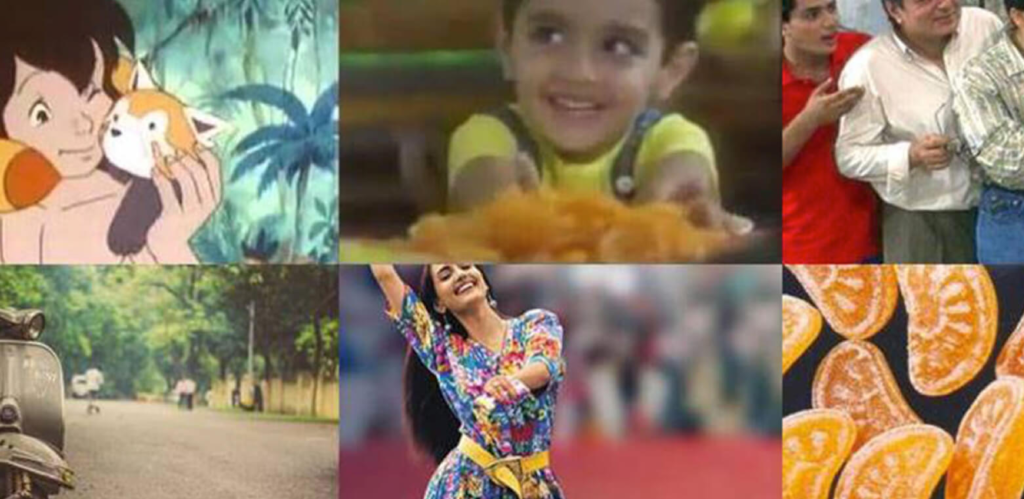
4. Cultural and Pop Culture Nostalgia
4.1 Leveraging Pop Culture Icons
Pop culture is a rich source of nostalgia, and brands will continue to leverage iconic figures, shows, movies, and music to connect with consumers. This involves not just referencing these cultural touchstones but also integrating them into marketing campaigns in meaningful ways.
For instance, a soft drink company could create a commercial featuring a famous actor from the 90s, set to a popular song from the same era. By tapping into the collective memory of a specific cultural moment, brands can create a powerful sense of nostalgia.
4.2 Nostalgia in New Media
As new forms of media emerge, such as podcasts, web series, and social media content, nostalgia marketing will adapt to these platforms. Brands can create nostalgic content tailored to these formats, reaching consumers where they spend their time.
A podcast series might explore the history of a beloved brand, while a social media campaign could invite users to share their nostalgic memories using a specific hashtag. These approaches ensure that nostalgia marketing remains relevant in the digital age.
5. Ethical and Inclusive Nostalgia
5.1 Responsible Storytelling
As consumers become more socially conscious, brands will need to practice responsible storytelling in their nostalgia marketing efforts. This means acknowledging the complexities of the past and avoiding idealizing eras that may not have been positive for all groups.
Brands can focus on the positive aspects of nostalgia while also being mindful of diverse perspectives and experiences. This approach fosters inclusivity and ensures that nostalgic content resonates with a broader audience.
5.2 Celebrating Diverse Histories
Nostalgia marketing can also celebrate the histories and contributions of diverse communities. By highlighting stories and achievements from underrepresented groups, brands can create a more inclusive form of nostalgia that honors the past in a meaningful way.
For example, a campaign could feature influential figures from various cultural backgrounds, showcasing their impact on a particular era. This not only broadens the appeal of nostalgic content but also promotes a more equitable representation of history.
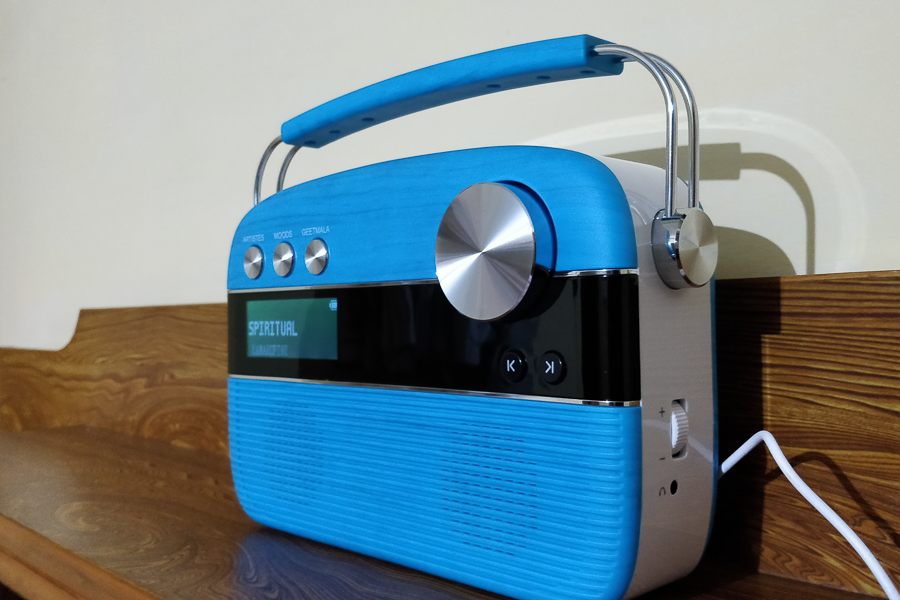
6. Sustainability and Nostalgia
6.1 Eco-Friendly Products and Practices
As sustainability becomes a key concern for consumers, brands will need to integrate eco-friendly practices into their nostalgia marketing strategies. This could involve using sustainable materials for retro-themed products or promoting the longevity and durability of classic designs.
For instance, a furniture company might highlight the timeless quality of its vintage-inspired pieces, emphasizing their durability and environmental benefits. This approach aligns nostalgia with modern values, appealing to eco-conscious consumers.
6.2 Circular Economy and Reuse
The concept of a circular economy, where products are designed for reuse and recycling, can also play a role in nostalgia marketing. Brands can encourage consumers to buy second-hand or refurbished items, emphasizing the charm and value of vintage goods.
For example, a fashion brand could promote the purchase of second-hand clothing from past collections, highlighting the sustainability and unique style of these items. This approach not only reduces waste but also taps into the appeal of authentic vintage fashion.
Conclusion
The future of nostalgia marketing lies in its ability to evolve and adapt to changing consumer preferences, technological advancements, and cultural shifts. By focusing on personalization, immersive experiences, ethical storytelling, and sustainability, brands can create nostalgic content that resonates deeply with modern audiences. As nostalgia continues to be a powerful emotional driver, those who innovate and embrace these trends will stand out in an increasingly competitive market.
For more such content, keep visiting QAWire
